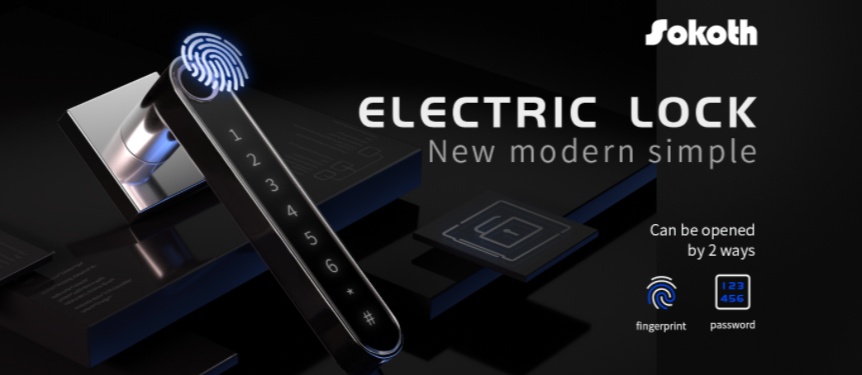With the development of smart homes and the Internet of Things, all kinds of electrical appliances are developing in the direction of intelligence, and even our most common locks have become smart door locks. But everyone knows when smart door locks, and even the most common locks, started and how they evolved? The security of locks is the most rooted attribute, but in the Internet era, you can enjoy more convenience while being safe. , Is the direction of future development. In this issue, we will take a look at it from a historical perspective. The door lock is a tool that we take for granted, but we don't know much about it.
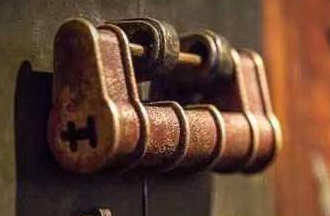
"A lock is a mechanical or electronic type that can be unlocked by specific items (keys, fingerprint locks, RFID cards, security tokens, etc.) or specific encrypted information (passwords, keys, etc.) or a combination of the two Fixtures."
The ancient lock that shows wealth and status
The earliest lock and key device in the West was discovered in the ruins of Nineveh, the capital of ancient Assyria. This kind of lock later developed into the Egyptian wooden bolt lock, which consists of a screw, a fixing device and a key. When the key is inserted, the wooden feet in the fixing device are removed from the hole, and the lock is opened. When the key is removed, the wooden foot enters the hole again and the lock is locked.

The bump lock also comes from ancient times and is one of the most representative key and lock solutions in the West. The first all-metal locks appeared between 870 and 900 AD and are generally believed to be made by British craftsmen. It is also said that Theodore of Samos (Greek island) invented the key in the 6th century BC.
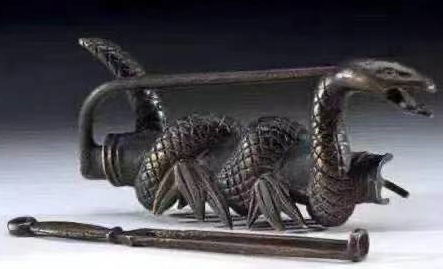
Some of the relatively wealthy Romans were accustomed to locking their belongings in a safe and hanging the keys on their fingers. The purpose of this is twofold, one is to protect the safety of property, and the other is to demonstrate one's wealth and status.
Complex modern mechanical locks in the age of industrialization
At the beginning of the 18th century, the British Danic Potter invented the cam rotary lock. The number of keys for this lock has grown from 20 degrees to 80 degrees. At the end of the 18th century, with the beginning of the industrial revolution and the development of precision engineering and component standardization, the manufacturing process of locks and keys became more and more complicated.

In 1778, Robert Barron improved the lever lock. His double-action lever lock built in 2-4 separate levers. To unlock the lock, you must use the corresponding key to push these levers down to a specific height. But this kind of lock is still not safe enough.
In 1818, Jeremiah Chubb and Charles Chubb made even greater improvements to the lever lock. At that time, a burglary at the Portsmouth Shipyard prompted the British government to launch a lock-making competition-creating a lock that can only be opened with its own key. Chubb company developed the Chubb detection lock, which includes a complete set of security functions, which not only prevents people without the key from opening the lock, but also locks the lock when someone tries to unlock it illegally. After 3 months of testing and trials, Chubb won a reward of £100.
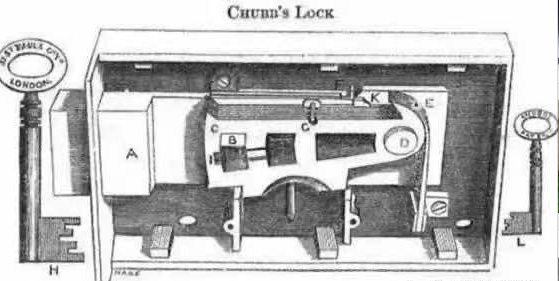
In 1820, the Chubb brothers founded the Chubb Company together and opened a shop at 57 St. Paul’s Churchyard in London. After that, Chubb made several improvements to their locks. In 1847, the number of levers in the lock increased from 4 to 6. Later, they added a disc to the keyhole to allow the key to pass through, but it became more difficult to see the internal structure from the outside, making it impossible for people trying to pick the lock.
The above improvements are basically based on lever locks, and the inventor Joseph Bramah invented a completely different lock in 1784. His lock uses a cylindrical key with a series of precise cuts on the surface of the key. The key squeezes the unlocking device in the lock cylinder. If it is the correct key, the door lock will be opened. The precision of this lock has reached the peak level at the time, and the manufacturer claims that no one can crack it. In the same year, Bramah founded the "Bramah Lock" company, and put the lock in the window, openly challenging the "lock opener". This lock was not really cracked until 1851.
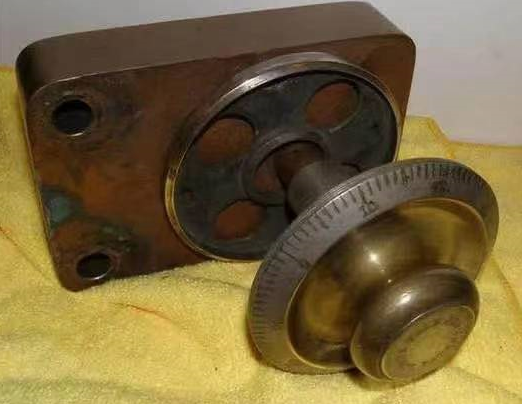
In 1805, the American physician Abraham O. Stansbury was granted a patent for a pin lock in the United Kingdom. But the pinball lock we are using now was invented by American Linus Yale, Sr. in 1848 (Yale lock). This lock uses pins of varying lengths to ensure that it can only be opened by the correct key.
In 1861, the son of Linus Yale, Sr. found inspiration from a lock designed by his father in 1840 and invented a flat key with jagged edges. Yes, we still have The kind that is often used.
However, after so many years, there have been many ways to crack the "Yale Lock". The simplest one only requires 1-2 pieces of chewed bubble gum with a key blank. Use the key blank to fill the bubble gum into the keyhole, it is possible to unlock, but this method is a one-time, the lock will be broken after using it once.
There are many variant locks based on Yale locks, but they are all tumbler locks until the emergence of electronic locks and smart locks.
Electronic locks in the intelligent age
In the 1970s, with the application of microelectronics technology, magnetic locks, voice locks, ultrasonic locks, infrared locks, electromagnetic wave locks, electronic card locks, Babo fingerprint locks, eyeball locks, remote control locks, etc. appeared. Compared with mechanical locks, electronic locks are more confidential.
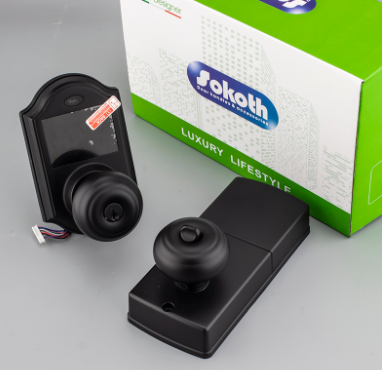
The most common electronic lock is the IC card lock, which is the hotel room card, community access card, etc. we usually use, but some IC card locks can copy the "key" at low cost without cracking, so it is safe Sex is not as good as a biometric lock.
The fingerprint lock, its "key" is everyone's unique fingerprint. In theory, as long as it is not the owner's fingerprint, the lock cannot be unlocked. Of course, due to image resolution and other factors, it is impossible to reach 100%, so there are two indicators of truth-based rate and false-recognition rate.
